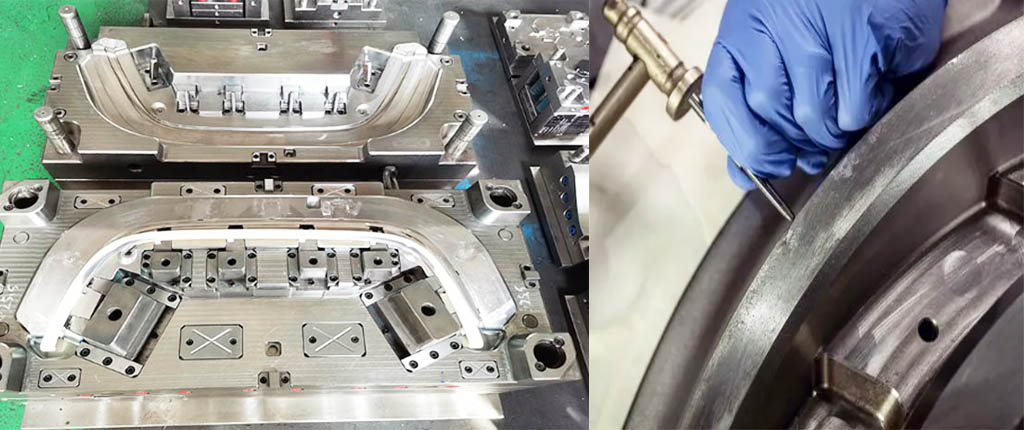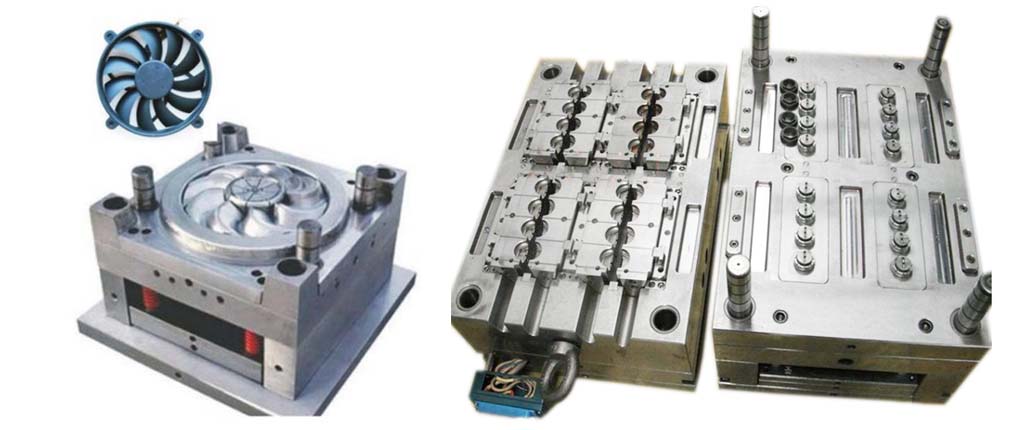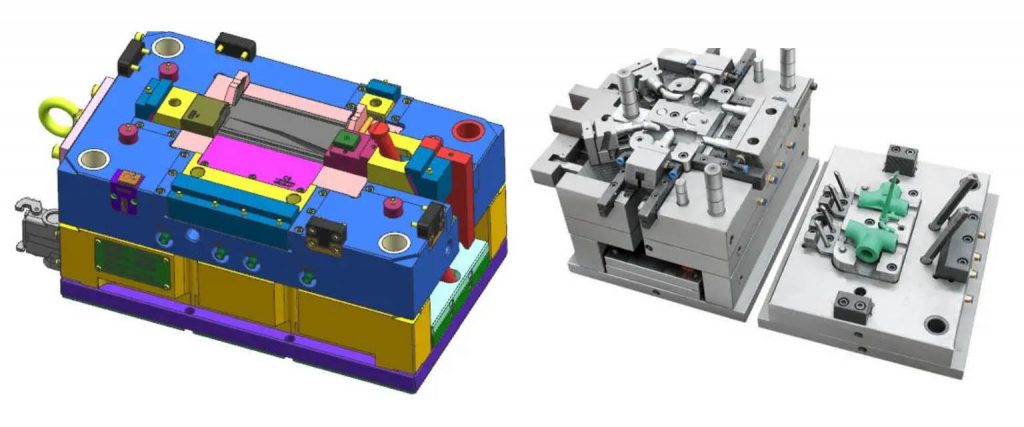Various Challenges in the Maintenance of Molds,mold maintenance is a critical aspect of manufacturing processes in plastic injection moulding and compression molding, ensuring the longevity and efficiency of molds used in various industries. However, this essential task comes with its fair share of challenges. In this blog post, we will delve into the diverse array of issues faced in the maintenance of injection and compression molds and explore effective strategies for overcoming them
Various Challenges in the Maintenance of Molds
Challenges in mold maintenance and Solutions:
Ensuring precision in the installation and adjustment of dies is crucial, particularly when dealing with large and medium-sized dies. Not only are these dies expensive, but their substantial weight and limited mobility necessitate meticulous handling.
1. Precautions Prior to Using the Punch
a. Wipe the punch clean using a lint-free cloth.
b. Inspect the punch surface for any scratches or dents; if present, eliminate them using a whetstone.
c. Ensure timely lubrication and rust prevention.
d. Exercise caution during punch installation to prevent any misalignment. Use a soft material tool, like a nylon hammer, to gently align the punch, ensuring it is straight. Only tighten the bolt after the punch is accurately positione
2. Mold Installation and Debugging
The installation and fine-tuning of punching dies demand meticulous attention, particularly when dealing with large and medium-sized dies. These dies, given their substantial cost and challenging maneuverability due to their weight, require careful handling to ensure both operational efficiency and personal safety.
3. Corrosion and Wear
One of the primary challenges in mold maintenance is dealing with corrosion and wear. Over time, molds can deteriorate due to exposure to different materials and environmental factors. Addressing this challenge requires a proactive approach, incorporating preventive measures and utilizing corrosion-resistant materials.
4. Clogging and Residue Buildup
Molds are susceptible to clogging and residue buildup during production runs. This not only affects the quality of the output but also hampers the efficiency of the manufacturing process. Exploring advanced cleaning techniques and regular inspection protocols is crucial to mitigate this issue.
5. Temperature and Thermal Stress
Fluctuations in temperature and thermal stress pose significant challenges to mold maintenance. These factors can lead to dimensional changes, affecting the accuracy and consistency of molded products. Implementing temperature control measures and selecting materials with high thermal stability are key considerations in overcoming this challenge.
6. Complex Geometries and Hard-to-Reach Areas
Fluctuations in temperature and thermal stress pose significant challenges to mold maintenance. These factors can lead to dimensional changes, affecting the accuracy and consistency of molded products. Implementing temperature control measures and selecting materials with high thermal stability are key considerations in overcoming this challenge.
7. Wear-and-Tear on Moving Parts
Molds often consist of moving parts that undergo continuous wear-and-tear during operation. Regular lubrication, timely replacement of worn components, and employing precision manufacturing techniques are essential strategies to extend the lifespan of these moving parts and enhance overall mold performance.

Effectively managing the various challenges associated with mold maintenance is crucial for ensuring the reliability and efficiency of manufacturing processes. By understanding the unique issues molds face and implementing proactive maintenance strategies, industries can not only extend the life of their molds but also optimize production outcomes. Stay tuned for more insights into the world of mold maintenance and how innovations continue to shape this essential aspect of manufacturing.
In conclusion, mold maintenance demands meticulous attention to detail and a commitment to safety. The substantial value and intricate nature of dies, particularly in the case of large and medium-sized ones, necessitate careful handling throughout the installation and adjustment processes. By adhering to stringent safety measures and incorporating practical solutions, such as the use of pads in infinite device installations, manufacturers can navigate the challenges of die repairs effectively and sustainably.


